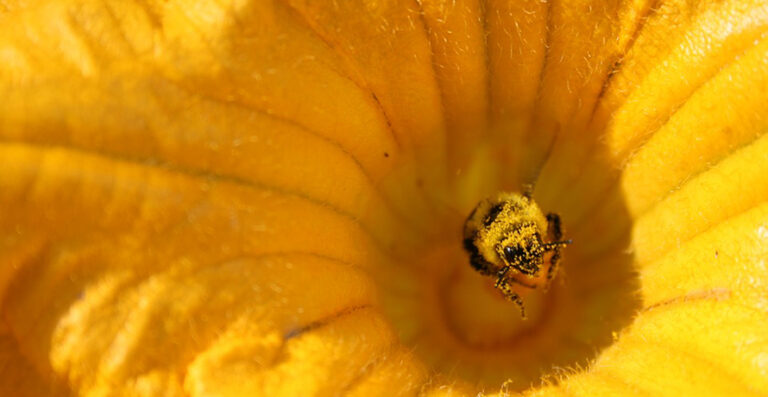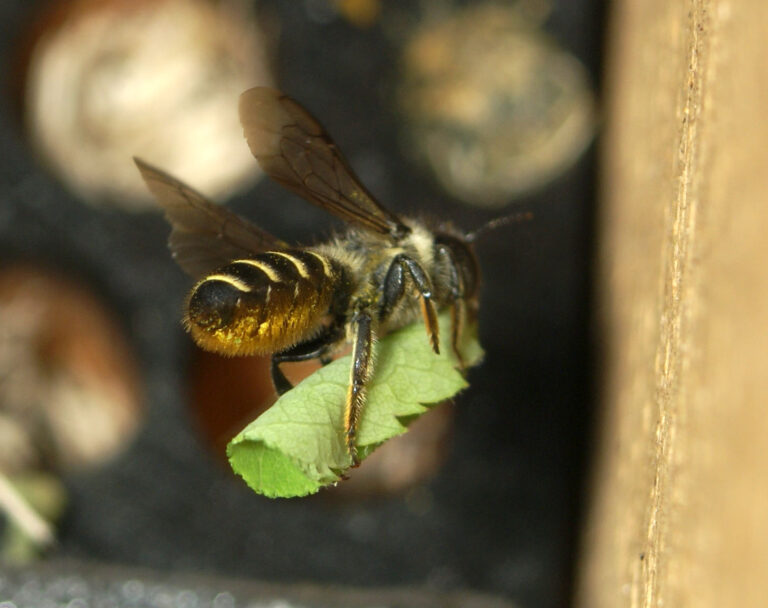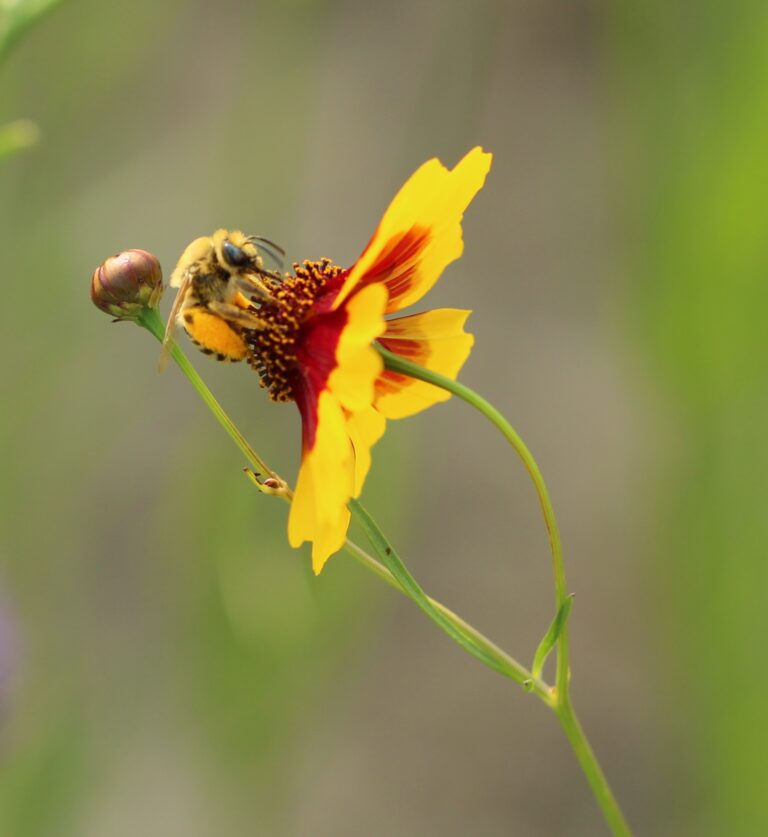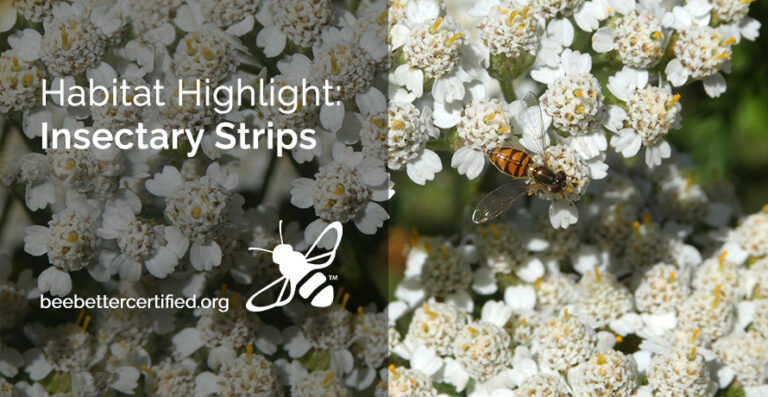Unpacking the Standards: Tillage Practices
Roughly 70% of wild, native bees nest below-ground – in North America, that’s about 2,500 species of bees! On farms, ground-nesters can be found nesting in active crop fields, fallow fields, orchard floors, dirt roads, irrigation canals, wildflower plantings, below hedgerows, and in nearby natural areas. Because bees nest in the ground in and around … Read more




